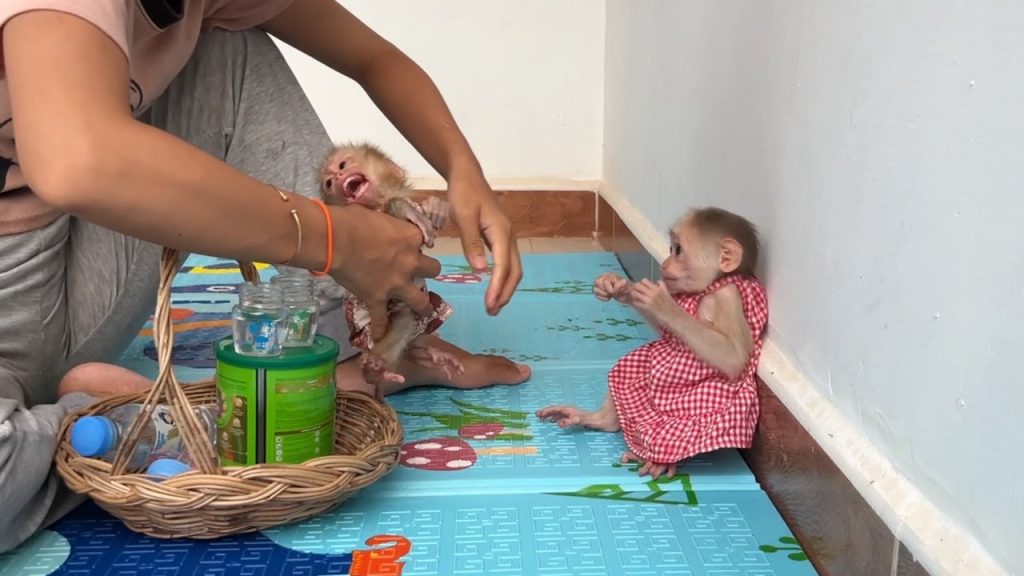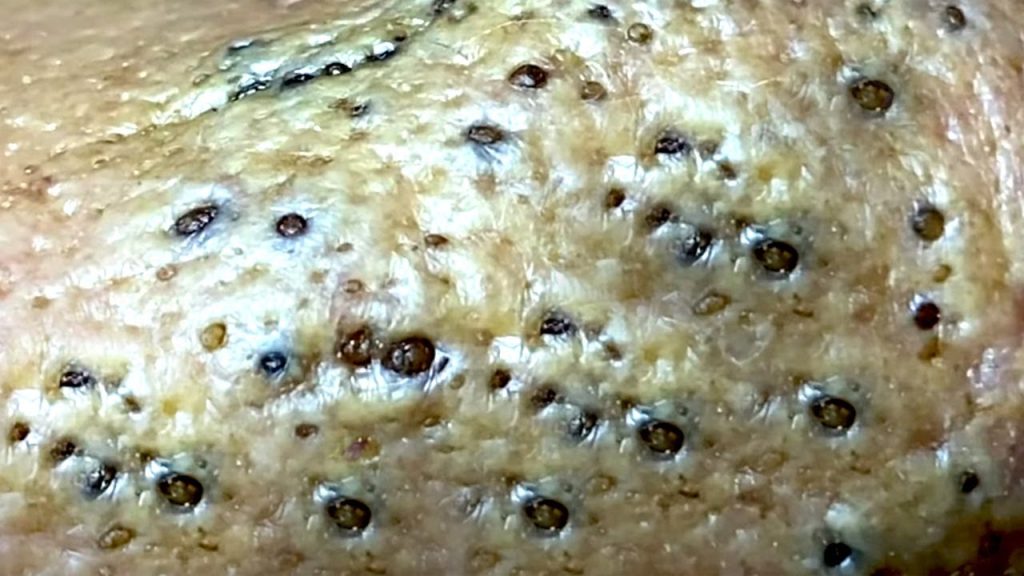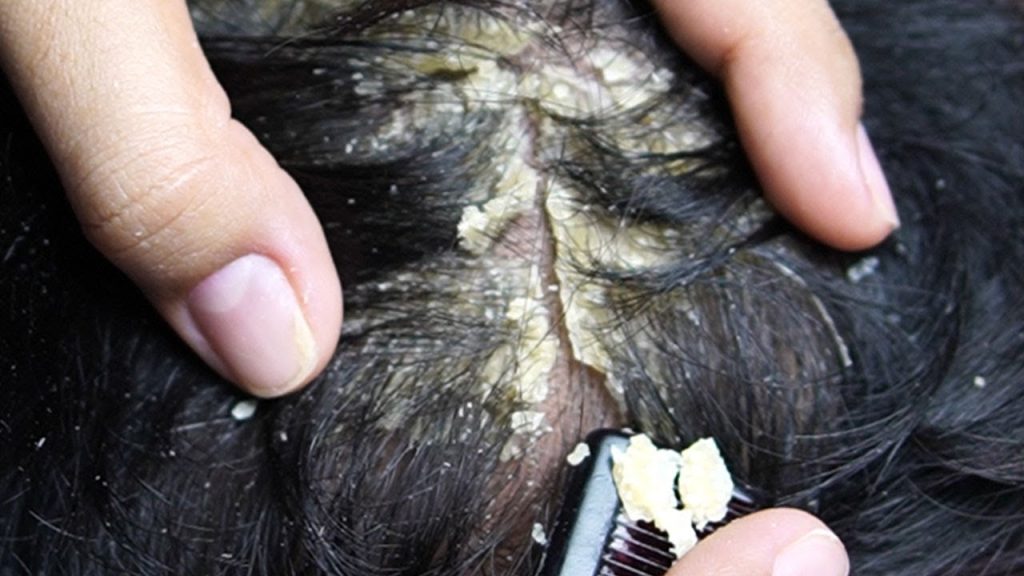
1. Initial Assessment:
The podiatrist begins by examining the black, infected toenail. They assess the severity of the ingrown nail, signs of infection (swelling, redness, and pus), and possible tissue damage.
2. Numbing the Area:
To ensure a painless procedure, a local anesthetic is injected near the base of the toe. This numbs the entire area for comfort during treatment.
3. Cleaning and Disinfection:
The infected site is thoroughly cleaned with an antiseptic solution to reduce the risk of spreading bacteria.
4. Precision Nail Removal:
- The podiatrist carefully trims and lifts the ingrown portion of the nail using sterile tools.
- For severe cases, partial or full nail removal may be necessary.
- If infection damage is extensive, additional tissue cleaning might be performed.
5. Draining the Infection:
If pus is present, it is gently drained to reduce pressure and inflammation.
6. Antibacterial Treatment:
Antibiotic ointments are applied to the wound site to promote healing and prevent further infection.
7. Dressing and Aftercare Instructions:
The toe is bandaged securely, and the patient is given aftercare instructions, which may include:
- Changing the dressing daily
- Avoiding tight shoes
- Elevating the foot to reduce swelling
- Applying prescribed antibiotics
8. Follow-Up Care:
The podiatrist schedules a follow-up appointment to monitor healing and ensure the nail regrows properly without becoming ingrown again.
This professional approach ensures a safe and effective recovery from an infected, blackened ingrown toenail. For severe cases, podiatrists may recommend preventative measures such as permanent nail matrix removal.



